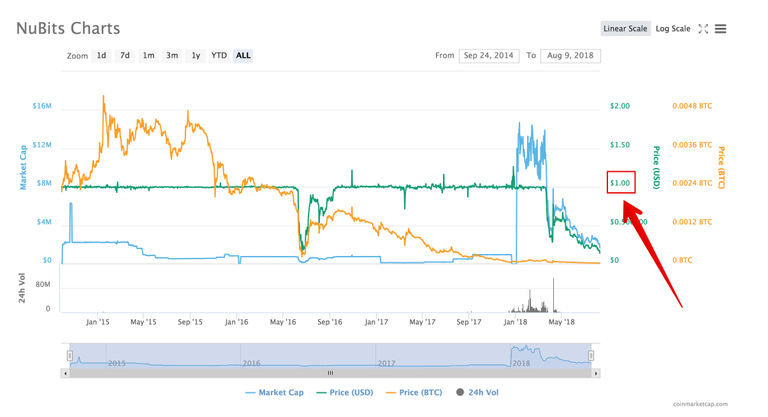
The cryptocurrency market is still young and rife with volatility, but for investors who can navigate it well, opportunity is ever present. In fact, the keys to dealing with crypto volatility are more accessible than one might think.
For traders and investors, it used to be fairly difficult to navigate this immature market. Early trading platforms lacked proper security and other tools that enabled people to control their exposure. Moreover, Bitcoin, Ethereum, and other early cryptocurrencies gave traders almost no methods for hedging volatility, and this is a part of the reason institutional finance and investment stayed away from this asset class for so long.
Fast forward to the summer of 2018, and today there is a variety of ways to effectively hedge one’s cryptocurrency investment — some of the most popular strategies are available below:
#1 Build a Balanced Portfolio (aka Money Management)
We can all agree that investors shouldn’t put all of their money in the crypto market. Ideally, the best strategy for retail investors is to balance their portfolio to include as much cryptocurrency as is sensible, given their total net worth and other assets.
To reduce the impact that a sudden decline has on your available capital, make sure to also invest in traditional assets like blue-chip stocks, real estate, commodities, and bonds. An opportunistic cash allocation couldn’t hurt either, but you should never allocate more funds into crypto than you’re comfortable risking entirely. This line of thought is nearly true for all investments.
#2 Use Futures Intelligently
The creation of Bitcoin futures contracts is a relatively new phenomenon in the young cryptocurrency market. Around for less than a year, futures allow retail traders in the fiat economy to speculate on the price of Bitcoin without touching the underlying asset itself. Since the entire crypto market is known to move as one, any significant crypto long position (aka “hodling”) can be hedged by buying Bitcoin short contracts from your broker, which can offer them to customers via big exchanges like the Chicago Mercantile Exchange (CME Group).
Some crypto exchanges offer these derivatives for investors to hedge all within the same platform. Investors should keep in mind that leveraged investments are extremely risky, and investors should understand the underlying risk factor before using such financial instruments.
#3 Creative, Cautious Trading
Most cryptocurrency exchanges offer stop loss and take profit orders, which should always be used when trading an asset known for volatility. When upswings frequently liquidate short positions in seconds (with little warning), it’s crucial to determine how much you’re willing to risk before even entering a trade.
Stop loss orders allow traders to specify the asset price at which their trade will be automatically closed, so that they can potentially avoid further losses. Take profit orders are similar, but they are designed to close out trades that are in the money and profitable.
#4 “Stablecoins” Are a Public Secret
Only a few years ago, it was rather difficult to exchange fiat money into crypto, then transfer the newly-acquired crypto to a crypto-exclusive exchange, where investors would then exchange these coins for different cryptocurrencies. In times of volatility, it was also difficult to do the reverse process, as crypto needed to be transferred and exchanged back to fiat on a fiat exchange.
Now, however, exchanges offer “stablecoins” that are pegged to the price of fiat currencies like USD and EUR. This saves a lot of steps and precious time for those who want to exit a crypto position quickly and temporarily hold US dollar.
While stablecoins can serve investors well, it’s important to note that they hold inherent risks. Tether, the largest stablecoin by market capitalization, has faced accusations of being unable to provide audits for its reserves while continually printing hundreds of millions of dollars out of thin air.
Additionally, many have claimed that Tether’s unregulated creation of new coins has led to Bitcoin’s rise in price in 2017. Lastly, stablecoins can be prone to failure due to upkeep requirements - NuBits is one example of a stablecoin which has failed in keeping its peg to the US dollar (see chart below).

Volatility is Void
Many of the tools listed above are available to investors from the outset. Responsible participants in the cryptocurrency market have the wits to use them with discretion, because success in cryptocurrency is just as much about managing risk as it is about taking advantage of unfolding opportunities.
Very well written and packed with information, excellent for crypto newbies like me - Thank you so much!
Congratulations @ufnick! You received a personal award!
Click here to view your Board of Honor
Congratulations @ufnick! You received a personal award!
You can view your badges on your Steem Board and compare to others on the Steem Ranking
Vote for @Steemitboard as a witness to get one more award and increased upvotes!